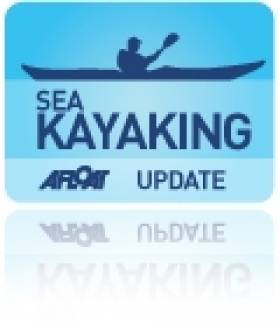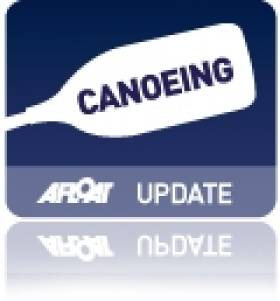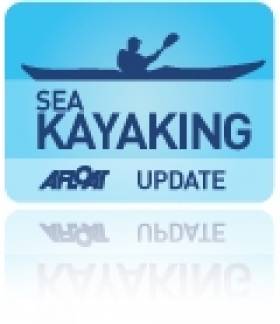Displaying items by tag: Andy McClelland
Top NI Surf Kayaker Set To Cross Irish Sea
#SeaKayaking - A Portrush teen is preparing to cross the Irish Sea by kayak for charity this summer.
Top surf kayaker Andy McClelland aims to raise funds for the Alzheimer's Society, Kidney Research and the Regional Respiratory Centre with his One Man One Boat campaign, which will see him kayak 22 miles across the open water from Donaghadee in Co Down to Portpatrick in Scotland.
The current Surf Kayak Junior World Champion will embark on his challenge in a high-performance sea kayak on loan from Rockpool Sea Kayaks and is presently planning his trip with fellow physiotherapy students at Ulster University Jordanstown as well as the Causeway Coast Kayaking Club.
McClelland has yet to set a date for the solo crossing, awaiting word on the best possible weather and sea conditions in May.
The Alzheimer's Society has more on the story HERE.
New Canoe Trail Completes Northern Ireland Coastal Route
#CANOEING - Top junior surf kayaker Andy McClelland was on hand this week for the official opening of Northern Ireland's East Coast Canoe Trail, as the Carrick Times reports.
The new route - running for 70 nautical miles from Strangford Village at the mouth of the Ards Peninsula to Waterfoot on the Co Antrim coast, and passing the renowned Glens of Antrim and Belfast Lough - completes a series of trails that follows the entire Northern Irish coastline.
McClelland, who was victorious in the Surf Kayak Junior World Championships in North Carolina last October, described the trails as "a real feather in our cap in terms of visiting kayakers as there are few other countries in the world which can rival the canoeing facilities we now have here in Northern Ireland.”
The launch of the East Coast Canoe Trail comes almost a year after the introduction of the Foyle Canoe Trail and the 'kayaker's dream' South East Canoe Trail, as previously reported on Afloat.ie.
The route is completed by the North Coast Canoe Trail, highlighted on BBC TV last year, which takes in such remarkable sights as the Giant’s Causeway and Carrick-a-rede Rope Bridge.
Waterproof guides for both trails are available free from from local tourist information centres or online from CanoeNI.com. The website also features detailed online mapping and charts of the routes.
The Carrick Times has more on the story HERE.
Portrush Man Heads to Spain to Defend Euro Surf Kayaking Titles
#KAYAKING - A top surf kayaker from Portrush is headed to Spain this week to defend his European titles, according to the Coleraine Times.
Andy McClelland, 18, will take on the best of the continent at the European Championships in Mundaka, northern Spain, in the high performance and international classes.
The current world champion in the junior international class has been training with the Sports Institute of Northern Ireland ahead of the contest, working with strength and conditioning coaches to up his game.
McClelland was also recently awarded a top prize from the Canoe Association of Northern Ireland along with fellow surf kayaker Chris Hobson for their contributions to the sport.
"It was a great honour receiving the Eric Greeves Trophy and it is nice to be recognised alongside Chris who is one of the top kayakers in the world," he said.
The Coleraine Times has more on the story HERE.


























































